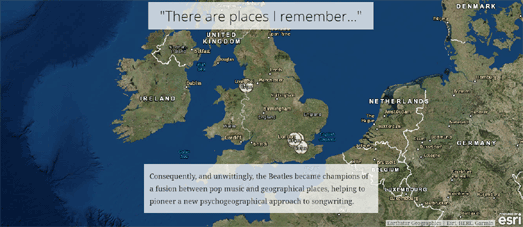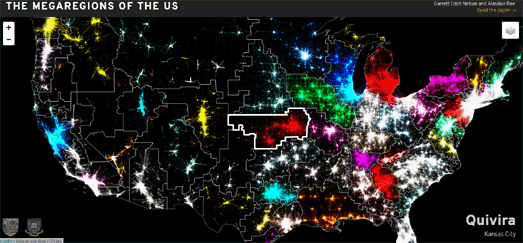Сообщения
Сообщения за февраль, 2017
New York in 3D
- Получить ссылку
- X
- Электронная почта
- Другие приложения
Travel Time New York
- Получить ссылку
- X
- Электронная почта
- Другие приложения
Harriet Tubman - An American Hero
- Получить ссылку
- X
- Электронная почта
- Другие приложения
Where's Everyone Moving?
- Получить ссылку
- X
- Электронная почта
- Другие приложения
Sounds of the City - Mixing Desk
- Получить ссылку
- X
- Электронная почта
- Другие приложения
How Immigrants Boost the Economy
- Получить ссылку
- X
- Электронная почта
- Другие приложения
The Broken Bridges of Madison County
- Получить ссылку
- X
- Электронная почта
- Другие приложения
Mapping the Internment of Japanese Americans
- Получить ссылку
- X
- Электронная почта
- Другие приложения
Travel Time Location Search
- Получить ссылку
- X
- Электронная почта
- Другие приложения
The Aged in Spain Live Mainly on the Plain
- Получить ссылку
- X
- Электронная почта
- Другие приложения
Powered by Wind
- Получить ссылку
- X
- Электронная почта
- Другие приложения
The History of American Cities
- Получить ссылку
- X
- Электронная почта
- Другие приложения
The 2016 Global Light Pollution Map
- Получить ссылку
- X
- Электронная почта
- Другие приложения
The Internet Shutdown Tracker
- Получить ссылку
- X
- Электронная почта
- Другие приложения
How to Add a Walking Time Layer to a Map
- Получить ссылку
- X
- Электронная почта
- Другие приложения
Make America Hate Again
- Получить ссылку
- X
- Электронная почта
- Другие приложения
Commuting in DC
- Получить ссылку
- X
- Электронная почта
- Другие приложения
Glasgow on the Run
- Получить ссылку
- X
- Электронная почта
- Другие приложения
Mapping Endangered Species
- Получить ссылку
- X
- Электронная почта
- Другие приложения
The Greatest Diplomatic Network in the World
- Получить ссылку
- X
- Электронная почта
- Другие приложения
Mapping Canada's Population
- Получить ссылку
- X
- Электронная почта
- Другие приложения
Around the World in 3,305 Frames
- Получить ссылку
- X
- Электронная почта
- Другие приложения
Playing with Map Styles
- Получить ссылку
- X
- Электронная почта
- Другие приложения
The Geography of the Beatles
- Получить ссылку
- X
- Электронная почта
- Другие приложения
Stunning Earth in 3D
- Получить ссылку
- X
- Электронная почта
- Другие приложения
Mapping a Galaxy Far, Far Away
- Получить ссылку
- X
- Электронная почта
- Другие приложения
The Changing Face of New York
- Получить ссылку
- X
- Электронная почта
- Другие приложения
Putting News on the Map
- Получить ссылку
- X
- Электронная почта
- Другие приложения
Route Planning for Wheelchair Users
- Получить ссылку
- X
- Электронная почта
- Другие приложения
Mapping Canada's Greatest Songs
- Получить ссылку
- X
- Электронная почта
- Другие приложения
The Global Terrorism Maps
- Получить ссылку
- X
- Электронная почта
- Другие приложения
Mapping Air Pollution in 3D
- Получить ссылку
- X
- Электронная почта
- Другие приложения
Mapping the Crisis in the NHS
- Получить ссылку
- X
- Электронная почта
- Другие приложения
The United Megaregions of America
- Получить ссылку
- X
- Электронная почта
- Другие приложения
































